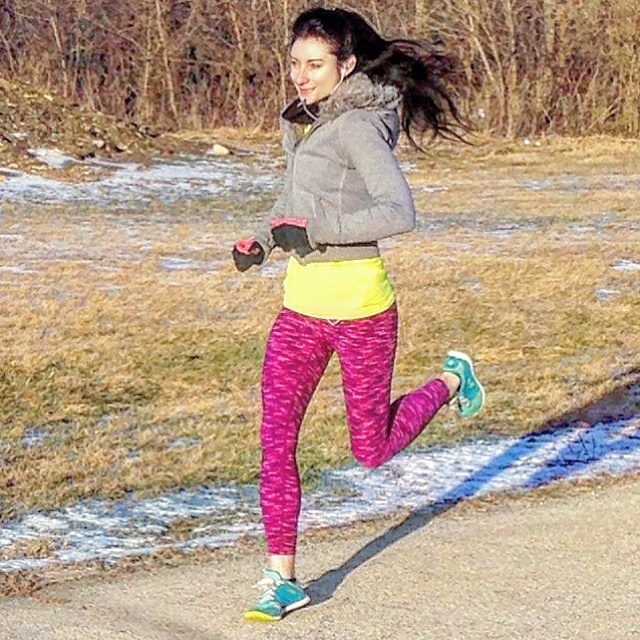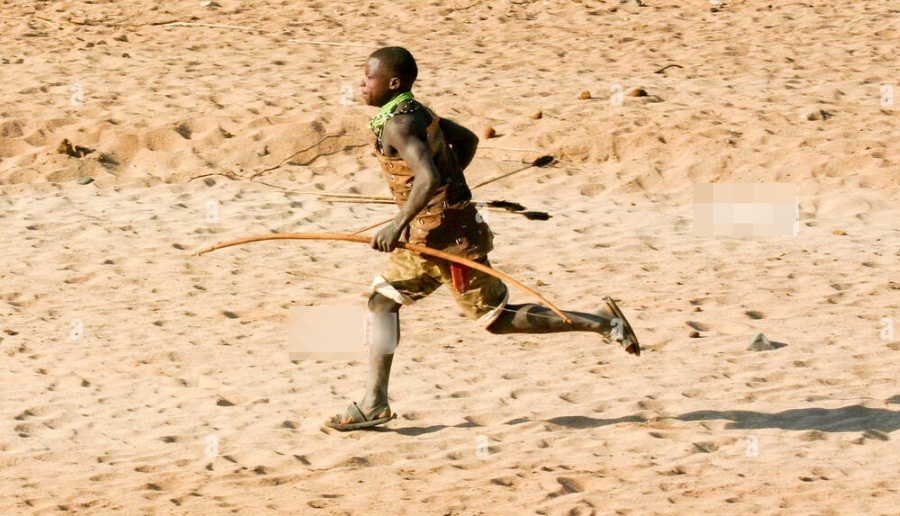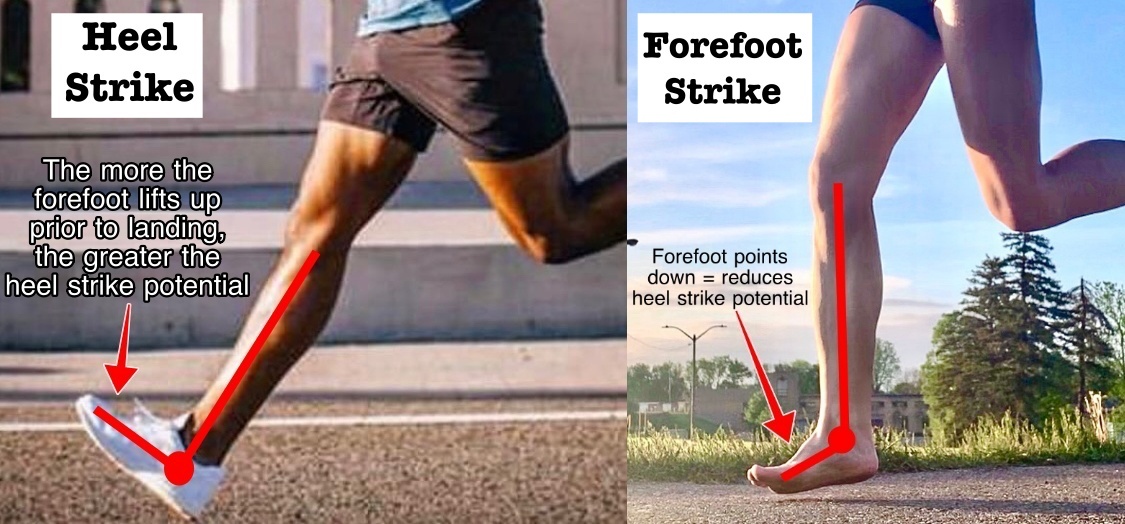Running was found to make you smarter by making your brain more ready to learn and better at storing information, while improving your mood because do you ever notice that after a run, you feel happier, calmer with more mental clarity? There’s good reason for this! Here’s why:

Way before the invention of fancy, high-tech, thick cushioned running shoes, our ancestors ran barefoot and in thin moccasins for thousands of years, but did you know that all this running accelerated our brain development, leading to a more intelligent brain?
As it turns out, the human species became really smart, really fast, thanks to running around hunting for food with barely anything on our feet. Running shaped the human form and great things began to happen to our ancestors soon after they became runners. Our ancestors became smarter thanks to the neurological benefits of running after meat.

When our ancestors evolved to run, they ran after horse meat (sorry vegans), and began to develop a smarter, more efficient brain.
- Meat is a great source of energy that also has an out-sized amount of neuro-protective properties.
- Running, especially fast, significantly enhances brain function by increasing neurogenesis, which means new nerve growth, in the hippocampus, the area in the brain responsible for forming new, long-term memories
Pioneering research has revealed running promotes neurogenesis by activating a protein called brain derived neurotrophic factor (BDNF) -scientists refer to this as brain cell fertilizer because to get smarter and enhance memory formation, lots of BDNF needs to be pumping through the brain.
The neurobiological benefits of endurance running coupled with eating nutrient-rich meat triggers large-scale changes in the brains of our ancestors by enriching the production of BNDF to forge stronger neural connectivities, and therefore a smarter brain.
The Take Home Message
The only way for your brain to enjoy lots of BDNF, you must run, or perform some other form of cardio, but running is THE best because we are made to run. Notice the runner in the picture above, the foot strike pattern used is a forefoot strike, not a heel strike.
The human running form has been built via countless decades of running barefoot as hunters and gatherers, whereby our ancestors ran with a technique that prevented them from getting all the injuries runners get today.
Today’s runners wear shoes that cause our foot to over-reach too far ahead of the body and land heel-first when we run. When barefoot, we instinctively land away from the heel and strike the ground on the forefoot with a shorter stride, shown below:
Forefoot strike running (above right) has demonstrated an impressive track record of naturally providing more effective impact protection than heel strike running (above left) because in a proper forefoot strike the foot makes initial contact on the balls of the foot, which is not only the widest portion of the foot, allowing a larger contact area for better stability, the area also allows the entire foot to roll smoothly with the ground. This is because the front of the foot is made up of little small bones that allow the foot to articulate, or roll along the ground better, which prevents the jolty and rigid landings in a heel strike landing (above left).
Landing heel-first when running results in a rigid landing with more jolting and a longer brake time that also produces a compressive wave that priers through the shin, up to the knee. This is why ‘runners knee’ and heel strike running go hand-in-hand, but this is never the case with forefoot running because it naturally closes the distance between the center mass and initial foot strike position, which directly reduces braking to the extent where the compressive wave is not produced!
In that regard, it’s easy to understand that heel strike running doesn’t provide any evolutionary advantage to produce these forms of impact because early humans would have been too injured to keep running barefoot after food. Humans needed to evolve key mechanical components that enabled them to be more, not less, resistant to injury. Positive, natural selection favoured the mechanics that honed our ability to survive and reproduce, and it’s the forefoot strike that co-evolved with humans that allowed us to safely and efficiently run after pray, and in many cases, run away from pray!
We already see evidence of the health and performance advantages of running with a forefoot strike because every heel strike runner who switched to forefoot strike running displayed the largest improvements in shin splints, knee pain and even lower back pain. Read more here about all the injuries caused by heel strike running that are resolved and prevented with forefoot running.

Bretta Riches
BSc Neurobiology; MSc Biomechanics candidate, ultra minimalist runner & founder of RunForefoot. I was a heel striker, always injured. I was inspired by the great Tirunesh Dibaba to try forefoot running. Now, I'm injury free. This is why I launched Run Forefoot, to advocate the health & performance benefits of forefoot running and to raise awareness on the dangers of heel striking, because the world needs to know.
Latest posts by Bretta Riches (see all)
- Can You Run In Barefoot Shoes? Yes, But DON’T Heel Strike! - 21/07/2024
- Why Cushioned Running Shoes Are Really Bad for Your Feet - 19/07/2024
- Do Cushioned Running Shoes Cause Injuries? - 17/07/2024

